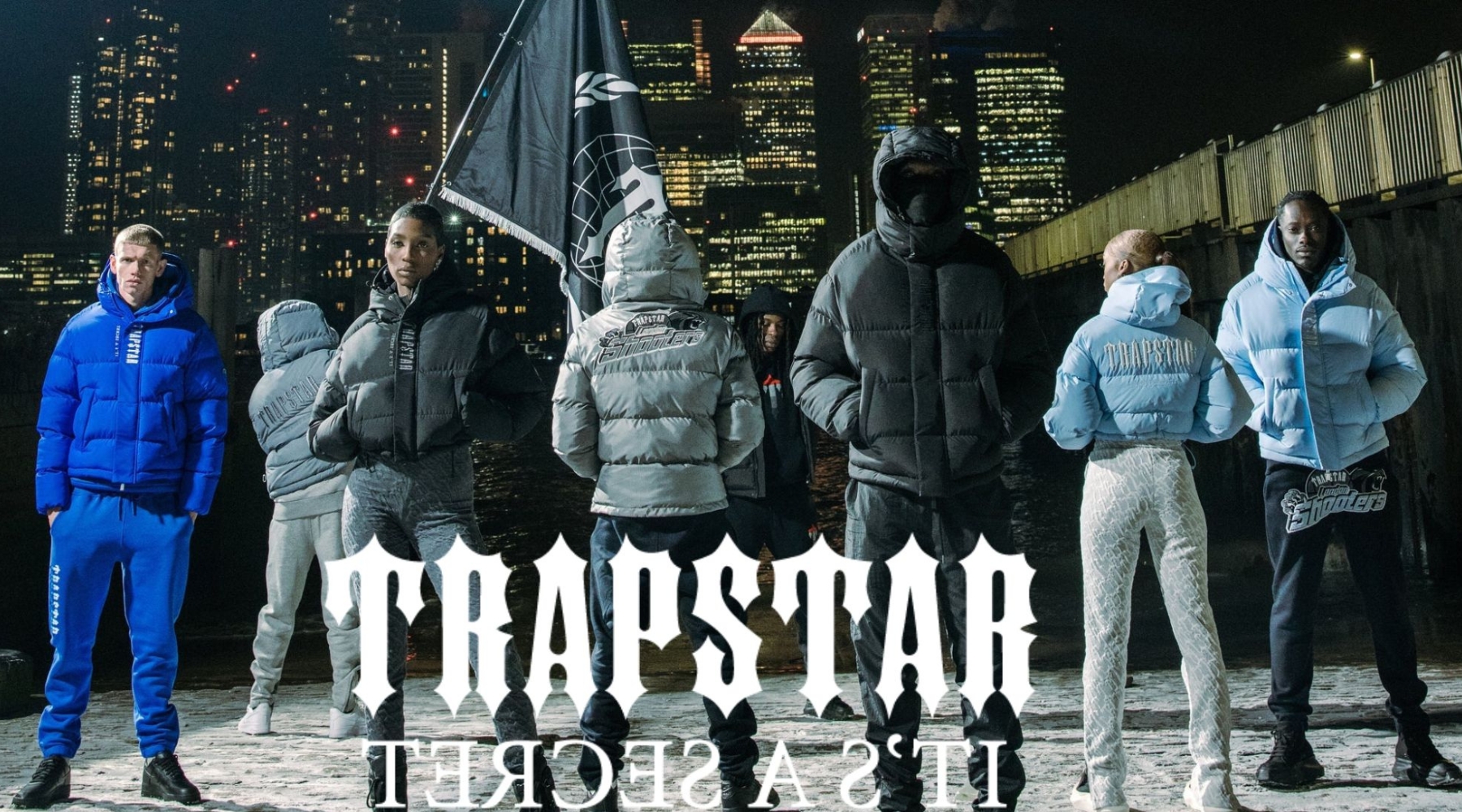Who Owns Trapstar?
Introduction
Trapstar is more than just a streetwear brand—it’s a cultural phenomenon. Born on the streets of London, Trapstar has become a household name in urban fashion, celebrated for its edgy designs and raw aesthetic. But as the brand’s popularity continues to surge among celebrities, influencers, and streetwear enthusiasts alike, one question often arises: Who owns Trapstar?
This post dives deep into the story behind the brand, exploring its origins, ownership, and its meteoric rise to fame in the streetwear world. Along the way, we’ll also unpack Trapstar’s cultural impact and future direction.
Whether you’re a long-time fan or newly intrigued, consider this your ultimate guide to everything Trapstar.
Founding of Trapstar
The Origins of Trapstar
Trapstar was founded in 2005 by a trio of London creatives—Mikey Trapstar, Lee, and Will—who shared a passion for music, art, and fashion. The brand’s name, “Trapstar,” originated from their belief that “everybody has a trap, and every individual is a star.” It reflects the idea of hustling in one’s unique way while shining in their respective talent or craft.
What started as custom T-shirt designs for close friends quickly gained traction across London’s underground music and fashion scenes. The founders developed Trapstar as a true labor of love, fueling growth by tapping directly into the interests of their community. “Trapstar,” they decided, would be a brand that spoke to the rebels, the dreamers, and the tastemakers who dared to stand out.
The Inspiration Behind Trapstar
Trapstar was shaped by the gritty energy of London’s street life and its vibrant music culture. Drawing influence from hip-hop, grime, and punk rock, Trapstar’s designs juxtapose bold graphics with dark, mysterious themes. At its core, the brand embodies rebellion—a sentiment that resonates deeply with its audience.
Growth and Evolution
From Local to Global Recognition
Trapstar didn’t become a cultural force overnight. The brand started small, selling their pieces at pop-up shops and distributing through word-of-mouth. But with a devoted community backing them, Trapstar went from being a London underground staple to one of the most recognizable streetwear brands worldwide.
Key milestones helped define the trajectory of Trapstar’s success, including endorsements from cultural heavyweights. Rihanna, Jay-Z, and A$AP Rocky have all been spotted sporting the brand, propelling its image to the global stage.
Trapstar is also renowned for its bold collaborations with industry icons like Puma and celebrities like Meek Mill. These partnerships helped introduce their designs to entirely new audiences, affirming their credibility in both the streetwear and high-fashion worlds.
Signature Pieces That Changed the Game
Among Trapstar’s standout collections are its iconic graphic hoodies, camo jackets, and statement T-shirts. The recognizability of its bold typography and the signature “It’s a Secret” slogan cemented Trapstar as a go-to for anyone seeking wearable creativity.
Ownership Structure
Who Owns Trapstar Now?
Trapstar continues to be a privately held brand, co-owned by its original founders—Mikey, Lee, and Will. This close-knit ownership structure has allowed the brand to maintain its creative integrity and connection to its grassroots London origins.
However, Jay-Z’s record label and entertainment company, Roc Nation, also plays an integral role. Roc Nation invested in Trapstar a few years into its rise, helping the brand expand its reach and resources. Through this partnership, Trapstar gained access to key figures in music, fashion, and culture, driving its transition from niche to mainstream while retaining its rebel spirit.
This unique structure—a balance between entrepreneur-led creativity and backing from a cultural powerhouse—positions Trapstar as both independent and collaborative.
Impact on Streetwear and Urban Culture
Trapstar’s Cultural Legacy
There’s no denying Trapstar’s influence on the modern streetwear landscape. More than just a clothing brand, Trapstar represents an ethos—a mindset defined by resilience, self-expression, and an unapologetically urban edge.
The founders’ ability to blend street culture with high fashion appeals to a wide audience. It’s no wonder Trapstar has connected with an entire generation of creatives, empowering them to push boundaries in art, fashion, and beyond.
The brand has also played a pivotal role in elevating British streetwear on the international stage. Trapstar’s success paved the way for other UK-based brands to gain recognition in North America and Asia.
Setting Trends, Not Following Them
Trapstar isn’t just a participant in streetwear trends—it’s a leader. Its experimental approach to design and marketing encourages other labels to take risks, ensuring the streetwear genre continues to evolve.
The Future of Trapstar
What’s Next?
Looking ahead, Trapstar shows no signs of slowing down. The brand is rumored to be working on high-profile collaborations and exploring innovative drops designed to shake up the streetwear scene.
Trapstar’s ability to stay authentic while continually innovating makes its future full of promise. Whether through limited-edition capsule collections, exclusive collaborations, or digital-first campaigns, Trapstar is positioning itself for sustained relevance in a dynamic, fast-changing industry.
Staying Authentic in a Competitive Market
If there’s one thing Trapstar excels at, it’s staying true to its DNA. Even as it grows, the brand’s commitment to its London roots and culture-first mentality ensures it remains one of the most authentic voices in streetwear.
Why Trapstar Matters in Streetwear
Trapstar’s rise from an underground London brand to a global streetwear phenomenon is no small feat. Its founders’ vision, combined with cultural relevance and bold designs, helped the label cement its place in urban fashion and beyond.
Today, Trapstar serves as a beacon for aspiring brands. It proves that with passion, creativity, and strategic partnerships, it’s possible to bridge the gap between lifestyle and art, creating something that resonates far beyond the clothes themselves.
Whether you’re repping a Trapstar hoodie or following their latest creative endeavors, one thing is clear—the brand is here to stay, and it’s still breaking boundaries.

Leave a Reply